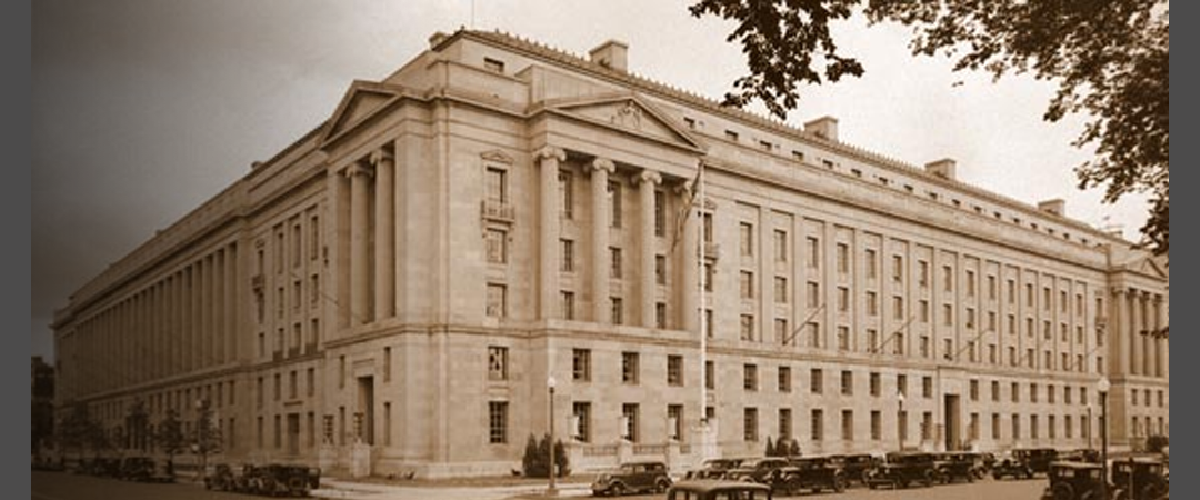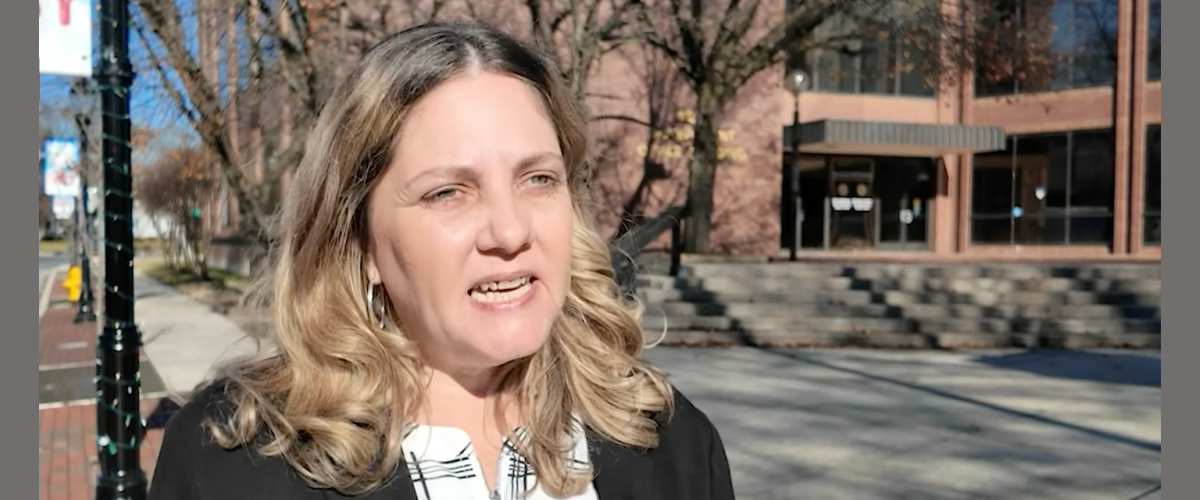New Limits Imposed on Chesapeake Crab Harvest

Some of this summer’s bad news has only a little to do with the record heat wave and nothing to do with the January 6 hearings. The declining blue crab population in the Chesapeake Bay is the lowest in over three decades of record-keeping, according to the May 2022 report of the Maryland Department of Natural Resources and the Virginia Institute of Marine Science.
Adding to this bad crab news, three elements of this decline must be noted. First, the juvenile population has decreased for three years straight; fewer young crabs now mean fewer adults later for harvest. Second is that mature females able to bear eggs have declined by about 40%. And third, “adult blue crabs’ abundance has slowly declined.”
In response to this alarming fall-off, the DNR and the Virginia Marine Resources Commission have imposed new restrictions on commercial and recreational crabbing, including unusual limits on harvesting male crabs. Usually, harvest limits apply only to female crabs to allow for sufficient reproduction to sustain the population. The new restrictions reduce the harvest by about 15% to 25% for the 2021 season. Recreational crabbers are being hit hard; they face a limit of only one bushel per day, not two.
Because each stage in the complicated blue crab life cycle offers its own dangers, experts offer different explanations for the problem. Once eggs are shed in the lower Bay, they drift into the Atlantic where the warmer water may reduce their numbers. Eventually returning to the Bay, these tiny crabs work their way north and become food for birds, fish, and bigger blue crabs. Along the way, predators include rockfish, red drum, and invasive blue catfish. Each blue catfish, one of millions, may eat at least one blue crab a day.
Another threat is, according to Chris Moore of the Chesapeake Bay Foundation, “two consecutive years of declines in the coverage of underwater grasses, one of the most important habitats for blue crabs in the Chesapeake Bay.”
One might blame the Bay’s watermen for excessive harvesting, but the harvest has remained below fishery management limits since 2008. Some bad news for these watermen is that they have not been able to catch even their legal limits.
A fourth piece of bad news originates in Annapolis. In this case, commercial crabbers may be to blame. According to attorney and former State Senator Gerald W. Winegrad, under Gov. Larry Hogan, “DNR fisheries regulation has been politicized, and commercial harvesters basically control decision-making despite the science. The most egregious case involved the 2017 firing of crab specialist Brenda Davis, a DNR professional fishery biologist for 28 years.” Davis opposed crabbers who wanted her to allow a more extensive harvest. She was dismissed after a meeting between Hogan and commercial crabbers.
What is to be done to restore the Chesapeake Bay blue crabs? One move would be to reduce the harvest of females, allowing more eggs and thus more spawning. Reducing the catch of males will also help by allowing more fertilized eggs to begin with. The threat posed by the invasive blue catfish cannot be much reduced by catching more of them because that catch is already high. Improving the underwater grass habitat where blue crabs mate means reducing agricultural and industrial pollution to allow sunlight to reach the grasses, not a quick fix. According to the Maryland Reporter, more new restrictions “may come after an expected meeting of scientists in September to examine the reasons for the population decline.”
One may hope that, at this meeting, the evidence-based recommendations offered by the scientists will be followed.
Jim Block taught English at Northfield Mount Hermon, a boarding school in Western Mass. He coached cross-country, and advised the newspaper and the debate society there. He taught at Marlborough College in England and Robert College in Istanbul. He and his wife retired to Chestertown, Md. in 2014.
Common Sense for the Eastern Shore







